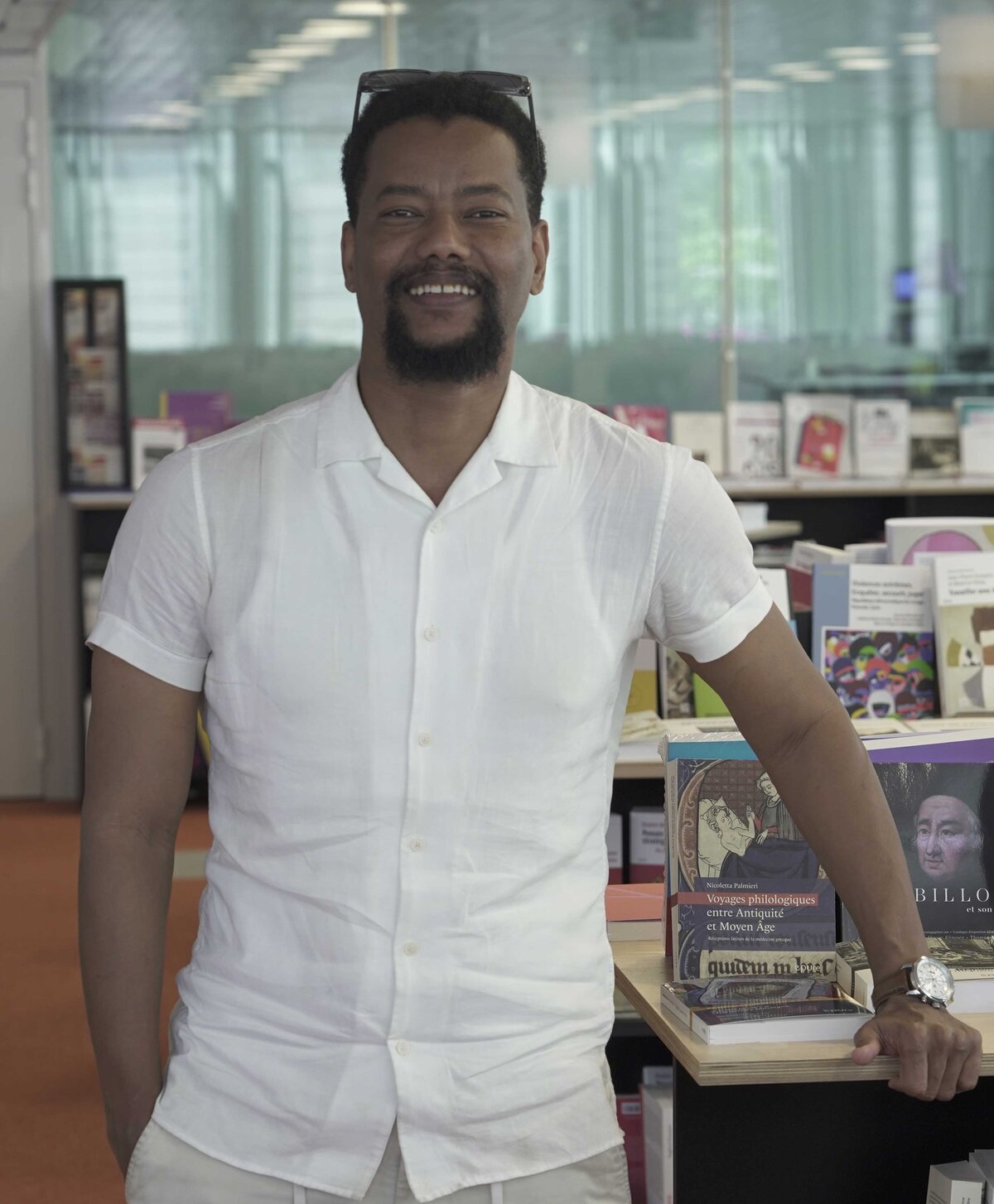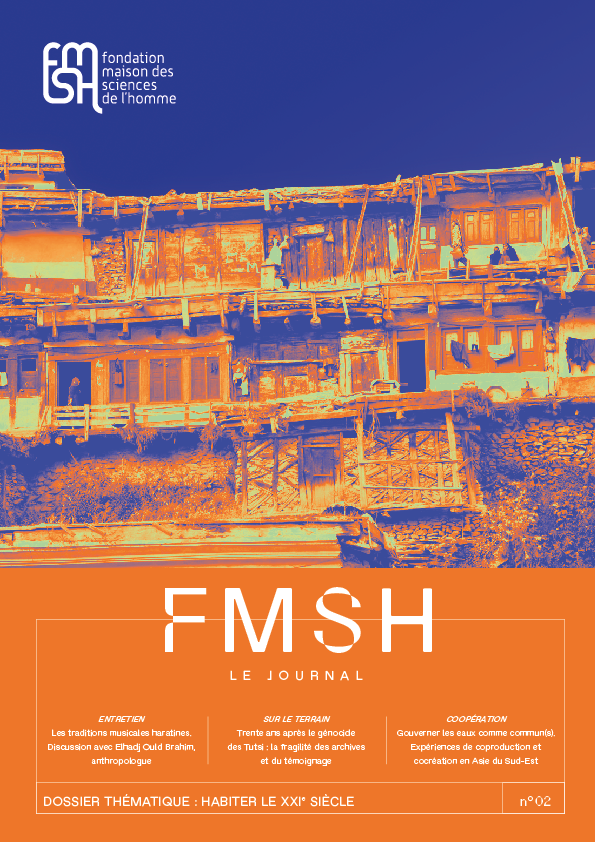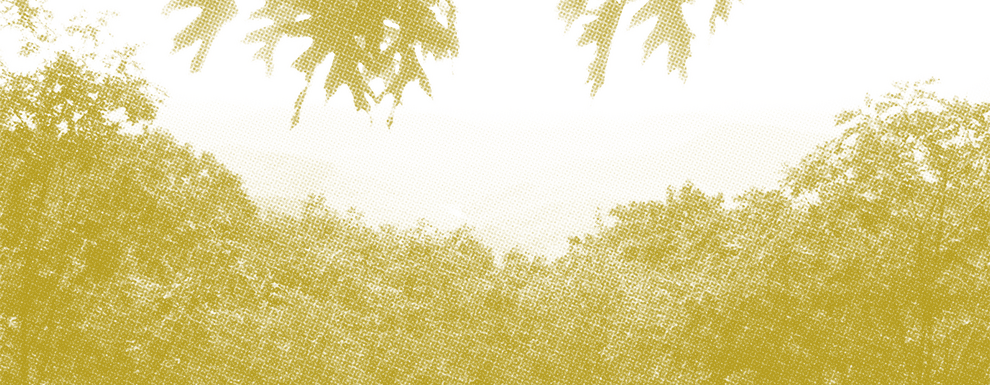Conversation with Elhadj Ould Brahim

Elhadj Ould Brahim, a Mauritanian researcher, recently graduated from Istanbul University in Turkey with a thesis on the visual and oral cultures of the Bidans of Mauritania.
As a 2023 laureate of the Atlas mobility programme, he pursued his research project, "Race, Sexuality and Religiosity in Haratin Bondja and Medh Music Tradition" that delves into the intersections of music, culture, and identity within the Bidan and Haratin communities.
Thanks to the support from FMSH, Elhadj Brahim has secured a Postdoctoral Research Fellowship at New York University’s Center for the Study of Africa and the African Diaspora (CSAAD) for the 2024-2025 academic year.
* * *

Elhadj Ould Brahim
You are working on the links between music, visual and oral culture and questions of identity, religiosity, race and gender representation, particularly among the Bidan and Haratin communities in Mauritania. Could you summarize your research?
The project I am conducting is a substantial undertaking situated within the specific sociohistorical context of Mauritania. This context is characterized by a highly hierarchical social system where social classes, even caste groups, produce intricate intellectual, cultural, and artistic expressions. These often follow the same hierarchical logic in their production, circulation, and appreciation.Within this complex tapestry of social and cultural hierarchies, my research focuses on a particular group known as the Haratin, believed to be mostly of enslaved origins.
The research project aims to contribute to the understanding of the social and cultural histories of the Haratin community in Mauritania through the lenses of two ancient musical and oral traditions, namely Bondja and Medh. These two traditions consist of songs and poetic texts that are exclusively created by this formerly enslaved community, deeply associated with the Haratin both during their enslavement and after gaining freedom. Bondja speaks to the mundane daily life of the Haratin, documenting their journeys in the oasis and caravan life. In contrast, Medh captures their spiritual aspirations and the ways they created and practiced their spirituality, often parallel to and sometimes in opposition to the official religious doctrine of their Bidan masters. Despite recent demarcations, Bondja remains a female creation and practice, while Medh remains a male creation and practice. These two traditions are considered the secret repertoire of this ancient Saharan community and its collective memory.
I endeavored to study [...] these two traditions not only as cultural and artistic forms but also as signifying practices that continue to generate cultural and symbolic meaning for the practitioners and the wider Haratin community.
What led you to study these research topics?
The social and political aspects of Haratin history have undergone scrutiny by scholars from various fields across different periods in Mauritania’s history. Nevertheless, a research gap persists concerning Haratin’s culture, identity, and artistic expressions as an autonomous trajectory of study. To address this void, I endeavored to study and fill this gap by first of all: saving and documenting these oral traditions considered at risk because they have never been documented despite the recurring risk of their disappearance forever.
The first generation of practitioners of these traditions is disappearing at a very quick rate. I came to this conclusion through the preliminary fieldwork I conducted over the last two years. Secondly, by studying these two traditions not only as cultural and artistic forms but also as signifying practices that continue to generate cultural and symbolic meaning for the practitioners and the wider Haratin community. These traditions do not only preserve this community’s ancient history but also remain a dynamic contemporary musical and artistic practice that so many Mauritanians; Haratin and others still enjoy. I myself was raised in Atar, where Bondja is an everyday musical treat. We enjoyed listening, and those of us who could dance would dance to its astonishing rhythms. It was and still is considered the Atarese vibe, transcending age, gender, and social status. This personal experience with Bondja and Medh was my first fieldwork training in these traditions.
You received a grant from the FMSH. What impact did your stay in France have on your career?
The residency grant offered by the FMSH was a tremendous opportunity for the development of my academic career. The logistical support provided by both the FMSH and the IMAF, my host laboratory, was instrumental in ensuring a smooth and productive academic residency experience. The seamless access to facilities, libraries, and workspaces significantly enhanced the quality of my research experience. At both the FMSH and IMAF, I enjoyed a pleasant and supportive environment that greatly facilitated my research endeavors. The collaborative and welcoming nature of the teams at both institutions, especially at the FMSH, left a lasting impression.
One of the standout aspects of the logistical support was the unrestricted access to a plethora of resources. Access to libraries and archive departments was seamless, enabling me to delve into a wealth of materials that enriched my research. The availability of diverse resources, both physically and digitally, allowed me to explore various angles of my research topic, contributing to the depth and breadth of my findings. Additionally, the provision of workspace and desk facilities significantly enhanced my productivity. Having a designated space to work and engage with my research materials fostered an environment of focus and concentration. This conducive environment was crucial in maximizing both my productivity and the quality of my research.
Furthermore, my residency at the FMSH helped broaden and initiate new contacts with colleagues in France and beyond. During my stay, I found the necessary time, space, and collegial support to prepare and apply for programs and fellowships I had in mind. I prepared my applications with the help of a specialized expert at the foundation. Thanks to this effort, I successfully secured The Center for the Study of Africa and the African Diaspora (CSAAD) Postdoctoral Research Fellowship at NYU in the United States for the upcoming year 2024-2025.
Thanks to this support [from FMSH], I successfully secured The Center for the Study of Africa and the African Diaspora (CSAAD) Postdoctoral Research Fellowship at NYU in the United States for the upcoming year 2024-2025.
What are your research projects and prospects for the coming years?
My upcoming research projects are closely related to my current endeavors. Given the richness and widespread presence of the traditions I'm studying, I am committed to continuing the collection and documentation process in other regions. This effort will enable us to contextualize these traditions more accurately, understanding their origins, provenance, distribution, and their relationship to parallel slave diasporic traditions in the Saharan and MENA regions. Specifically, I aim to find supposed connections between these Saharan traditions and other slave diasporic communities/traditions such as Zār in Sudan, Egypt, and the Persian Gulf; Gnāwa in Morocco; Derdeba and Seba’ Aioun in Algeria; Sambānī in Libya; and Stambali in Tunisia.
In the longer term, I intend to engage in another research project that focuses on the history of modern visual culture such as cinema and studio photography in Mauritania and West African countries. This is part of my training in Culture and Visual Studies and Visual Anthropology. Part of this project will be conducted in Mauritania and Senegal with a very close friend and renowned researcher and professor who specializes in the intersection of photography, art, and poetic form in West Africa, Jennifer Bajorek. I had the honor and privilege to know her during her residency at the FMSH in 2023.
Article published in the second issue of the Journal de la FMSH.



Se souvenir d'Humoresques

Sous les temps de l'équateur

Du préjugé


